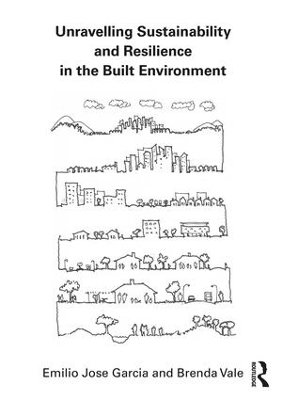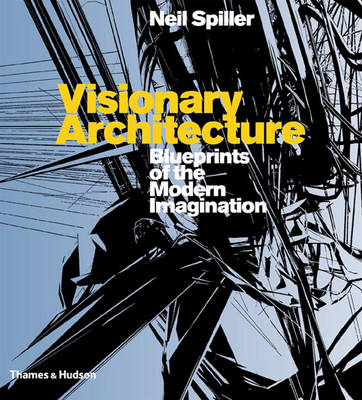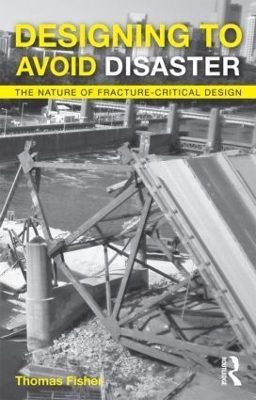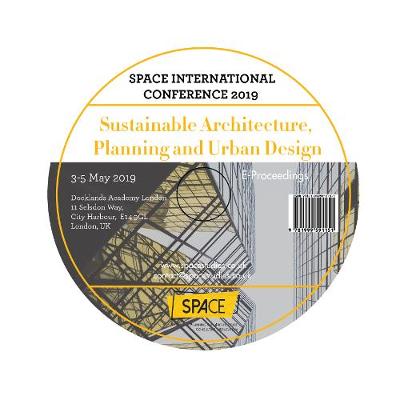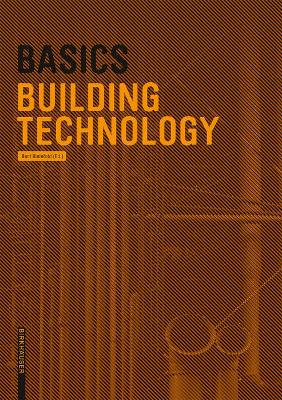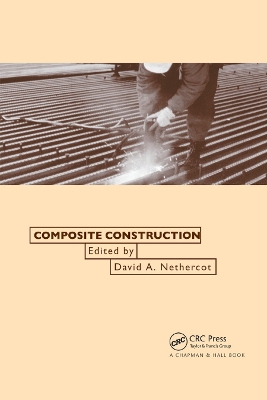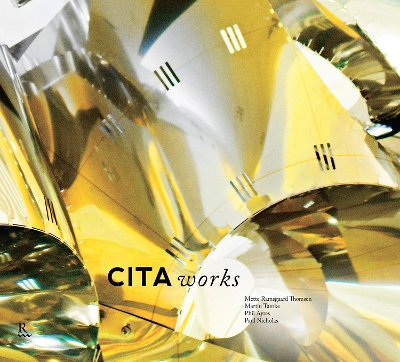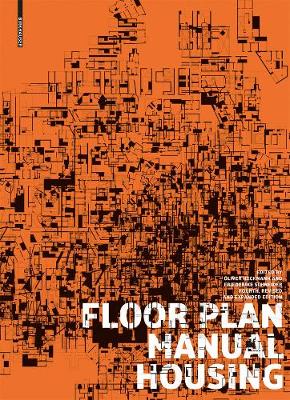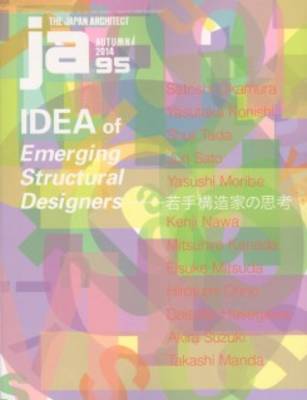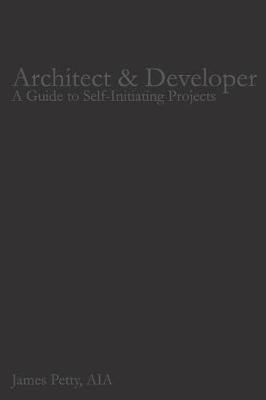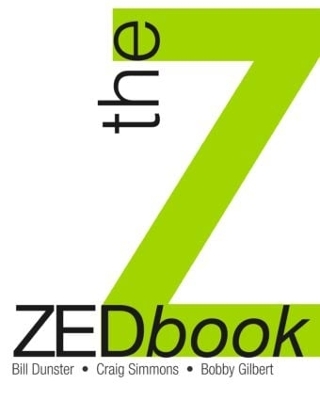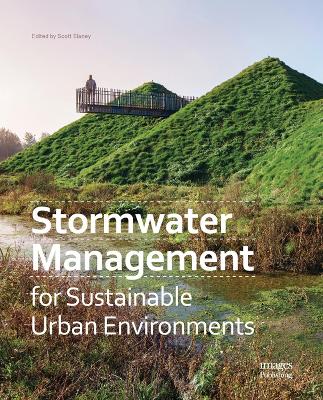Unravelling Sustainability and Resilience in the Built Environment
by Emilio Garcia and Brenda Vale
In this timely book, Emilio Jose Garcia and Brenda Vale explore what sustainability and resilience might mean when applied to the built environment. Conceived as a primer for students and professionals, it defines what the terms sustainability and resilience mean and how they are related to each other and to the design of the built environment. After discussion of the origins of the terms, these definitions are then compared and applied to case studies, including Whitehill and Bordon, UK, Tianji...
Architects have been drawing for centuries on their creative abilities to produce astonishing works of imagination, but the greatest period of experimentation has been from the Second World War to the present. This book, the first survey of the breathtakingly visionary and experimental architecture of this period, illustrates and analyses the early, radical work of many of today's most important architects as well as seminal work of earlier practitioners.
From Student to Urban Planner (RTPI Library)
For many young planners, the noble intentions with going to planning school seem starkly out of place in the neoliberal worlds they have come to inhabit. For some, the huge gap between the power they thought they would have and what they actually do is not only worrying, but also deeply discouraging. But for some others, practice means finding practical and creative solutions to overcome challenges and complexities. How do young planners in different settings respond to seemingly similar situa...
Recent catastrophic events, such as the I-35W bridge collapse, New Orleans flooding, the BP oil spill, Port au Prince's destruction by earthquake, Fukushima nuclear plant's devastation by tsunami, the Wall Street investment bank failures, and the housing foreclosure epidemic and the collapse of housing prices, all stem from what author Thomas Fisher calls fracture-critical design. This is design in which structures and systems have so little redundancy and so much interconnectedness and misguide...
Despite co-ordination being the principal focus of the Lead Designer's role, there is very little written about how to undertake these duties. What tools can the Lead Designer use to address the many complexities of developing a design as part of an iterative process? How can the Lead Designer redefine what they do using a digital world to provide profoundly different and new services? This book analyses at all of these questions, setting out how the Lead Designer can perform effectively and eff...
The emphasis here is to explore the key issues influencing the culture, strategies and management operations of professional practices. The focus is upon established practices from growing ones to large international firms in the built environment. A key aim of the book is to promote aspects of management by function and activities, with discipline acting as context rather than the primary focus. The book is structured into sections around 3 main themes: managing the organisation; and managing s...
Public Values and Private Interests (RTPI Library)
by Heather Campbell and Robert Marshall
Public Values and Private Interests tackles ethical/value dilemmas in planning theory and practice. The last two decades have witnessed profound change in the practice of planning and the theories underpinning the activity have been in a state of flux. The 1980s and 1990s saw a reconfiguration of the relationships between the state, society and the individual under the prevailing neo-liberal agenda. This had important implications for planning not only in terms of what its role should be but als...
This volume marks the conclusion of the many years of teaching and research by Dieter Geissbuhler, investigating the significance of construction in architecture. The various articles are compiled in a collage-like structure and shed light on stances that have above all been communicated in teaching.
Basics Building Technology (Basics)
As building construction is becoming increasingly complex, the field of building technology is becoming more and more important. As an intermediary between all parties involved in a construction project, the architect must be able to understand what is involved and to advise his clients. This volume covers the fields of water supply and disposal, electric installations and the energy-related subjects, i.e. heating, ventilation and lighting. The compendium combines the successful individual volum...
Legal Frameworks for the Protection of Built Heritage in India
by Vishakha Kawathekar
Site management is an important and interesting field of activity for architects. This volume describes the various tasks that fall to architects in construction supervision in practical and understandable terms. It addresses construction supervision and quality control in general as well as individual subjects such as quantity survey, account settlement, and cost and supplemental services management. Subjects: General construction supervision, Quality assurance, Progress and cost management, A...
Composite Construction
The use of modern composite materials in construction offers the structural engineer and designer exciting opportunities for all types of buildings and structures. By far the most commonly used and longest established composite material is the combined use of steel and concrete in the form known in most parts of the world as 'composite construction'.Composite Construction takes a comprehensive look at recent developments in this fast growing area. With each chapter written by an acknowledged exp...
The Centre for Information Technology and Architecture (CITA) - based in Copenhagen, Denmark - is an innovative research environment exploring the emergent intersections between architecture and digital technologies. This thoroughly illustrated book documents over 40 projects, events and research collaborations conducted between 2005 and 2014 by CITA. Through individual project descriptions accompanied by photographic documentation and design drawings, CITA Works provides readers with insights i...
Floor Plan Manual
This housing construction design manual documents and analyzes some 130 international residential structures from the last fifty years. From the standardized floor plans of the 1960s to the more individual concepts of the 1980s and the changed requirements and housing types of recent years, example structures by famous and lesser known architects from throughout the world showcase the tremendous variety of possible designs. The categorization of projects from a town planning perspective is suppl...
Today architecture and other fields in the built environment face the steep task of answering complex questions pertaining to sustainability, performance, and adaptability. How are these disciplines to accomplish these difficult tasks at such an immense pace?How might architectural practice renovate itself accordingly? Worldwide it is becoming increasingly clear that different modes of research are emerging which are triggered directly by the need to renovate practice. One significant prevaili...
Though few now doubt the severity of the environmental problems faced by humanity there is still resistance from businesses, developers, architects, planners and government when it comes to making the step changes necessary to make our lifestyles sustainable. Based on the experience gained from their involvement in the pioneering Beddington Zero Emission Development (or BedZED) in London, and subsequent innovative schemes, The ZEDbook authors present a bold, coherent and refreshing vision of a...
As urbanisation progresses, urban environments have been confronted with many challenges, such as air pollution and stormwater disaster. The latter has been especially damaging in recent years, as vulnerable places suffer from inundating onslaughts of surface run-off following hurricanes and heavy rainfall. This book analyses the implementation of stormwater management practices. It presents the systematic theory behind these methods, and provides multiple case studies showing how drainage devel...
Le Corbusier & Pierre Jeanneret - Restoration of the Clarte Building, Geneva
The book describes the story of Clarte, Le Corbusier's first apartment building, continuing the narrative into the 21st century. The steel skeleton building completed in Geneva in 1930/1932 is a prototype of the Moderne style and a precursor of the Unite d'Habitation. The building was neglected for many decades and not listed as a historic building until the 1990s. In 2007 the external envelope was repaired as the first step, followed by refurbishment of the interior, in which building preser...
